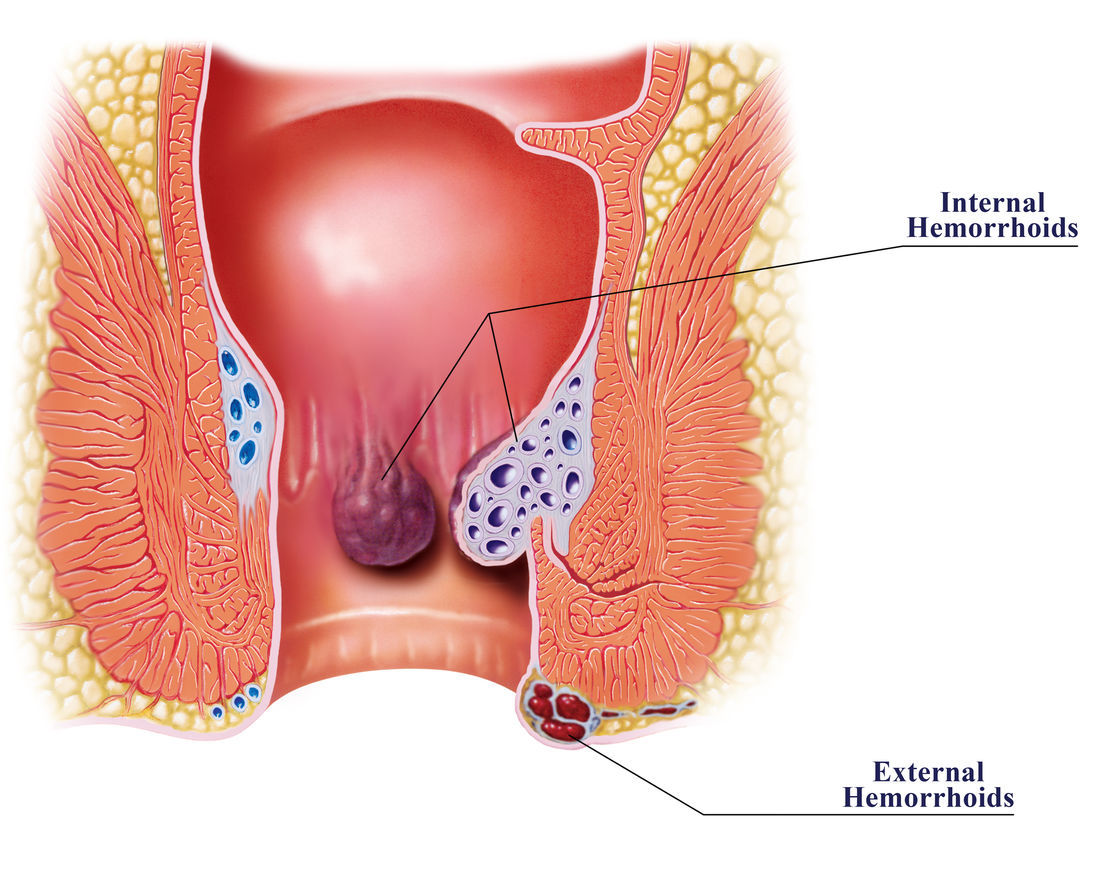Offering minimal pain surgery for your haemorrhoids treatments
The HALO procedure (Hemorrhoidal artery ligation operation ) using THD Doppler
HemorrhoidsThese are often described as “varicose veins of the anus and rectum “. Hemorrhoids are enlarged, bulging blood vessels in around the anus and lower rectum. The tissues supporting the vessels often stretch and so the vessels expand and since the walls of the vessels are thin, they result in bleeding. There are two types of hemorrhoids: External & Internal. External (outside) haemorrhoids are found near the anus .If a blood clot (thrombosis) form within them – they cause severe pain. Internal haemorrhoids form within the anus. Painless bleeding and protusion during bowel movements are the most common symptoms. If the internal haemorrhoid completely slid out of the anal opening and cannot be pushed back inside, this tend to cause severe pain |  |
Causes:A lot of pressure placed on human rectal veins due to our upright posture potentially leads to bulging of the haemorrhoids Other contributing factors include:
| Symptoms
Can haemorrhoids lead to cancer?Hemorrhoids do not cause colorectal cancer. However some of the more serious conditions can cause similar symptoms to haemorrhoids. Your bowel surgeon will often request a colonoscopy to screen for colorectal cancer |
TreatmentIt is important you see a bowel surgeon before you try self-treatment. They will perform a thorough history and examination before recommending treatments. Mild symptoms can be treated conservatively. These treatment include:
Surgical treatmentVarious treatments exist based on the severity of the haemorrhoids symptoms. All these procedures carry small risks. Rubber band ligation A small rubber band is placed on the haemorrhoid, cutting off its blood supply. The haemorrhoid and band fall off in a few days .The wound heals within 1-2 weeks. Mild discomfort and bleeding is common after the procedure. Sometimes the treatment needs to be repeated for complete treatment of the haemorrhoids Haemorrhoidectomy This is done under anesthesia and involves removing the extra tissue that causes bleeding and protusion. The risks involve include injuries to sphincters that can lead to incontinence, infection and the risks of general anesthesia. | Newer procedures: HALO/THD(transanal haemorrhoid dearterialisation)During this procedure, the blood-supplying arteries of the haemorrhoid are precisely located with a fine, specially designed proctoscope allowing maximum precision via a doppler ultrasound probe. Each of these arteries is then gently sutured through a small operating window of the same proctoscope, making this technique extremely gentle and safe. As the procedure is carried out in an area without sensory nerves, you won't feel any stitches during or after the procedure. In case of prolapsed haemorrhoidal cushions, a running suture with a few stitches is applied to the prolapsed piles. This allows firmer adhesion of the mucosa to the deep layers of the rectal wall Because there is no excision of tissues and occurs in areas with less pain fibers, there is less pain associated with this procedure |